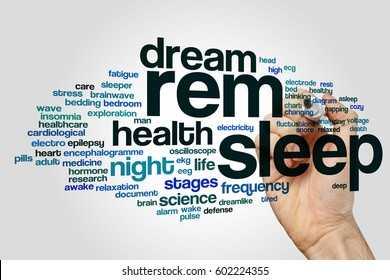Rapid eye movement (dreaming) - REM
Dreaming accounts for 20% of our sleeping time.
The length of dreams can vary from a few seconds to almost an hour. During REM sleep, the brain is highly active. The muscles are paralyzed, and the heart rate increases. Breathing can become erratic.
308
1.15K reads
CURATED FROM
IDEAS CURATED BY
The idea is part of this collection:
Learn more about health with this collection
The role of coffee in social interactions
Different types of coffee and their preparation
The impact of coffee on society and economy
Related collections
Similar ideas to Rapid eye movement (dreaming) - REM
REM
Rapid Eye Movement or REM follows after the four stages of NREM (non-REM) sleep and occupies about one-fifth of total rest time in adults.
During REM, all vivid dreaming takes place. Our internal temperature is at its lowest. Our heart rate increases and our breathing is irregular. Gen...
Sleep paralysis
We are paralyzed during REM sleep, and we believe that this is so we don’t act out our dreams.
A small percentage of the population wake up in REM sleep, but the brain forgets to wake the muscles so they get this scary state where they are paralyzed but awake.
When Sleepwalking Happens
During the first third of sleep, your body is in non-REM - your deepest stage of sleep. Your brain quiets down and you aren't dreaming. Your body is active, and you tend to toss and turn.
People usually sleepwalk during the first third of their sleep pattern. Sleepwalking episodes can last...
Read & Learn
20x Faster
without
deepstash
with
deepstash
with
deepstash
Personalized microlearning
—
100+ Learning Journeys
—
Access to 200,000+ ideas
—
Access to the mobile app
—
Unlimited idea saving
—
—
Unlimited history
—
—
Unlimited listening to ideas
—
—
Downloading & offline access
—
—
Supercharge your mind with one idea per day
Enter your email and spend 1 minute every day to learn something new.
I agree to receive email updates


